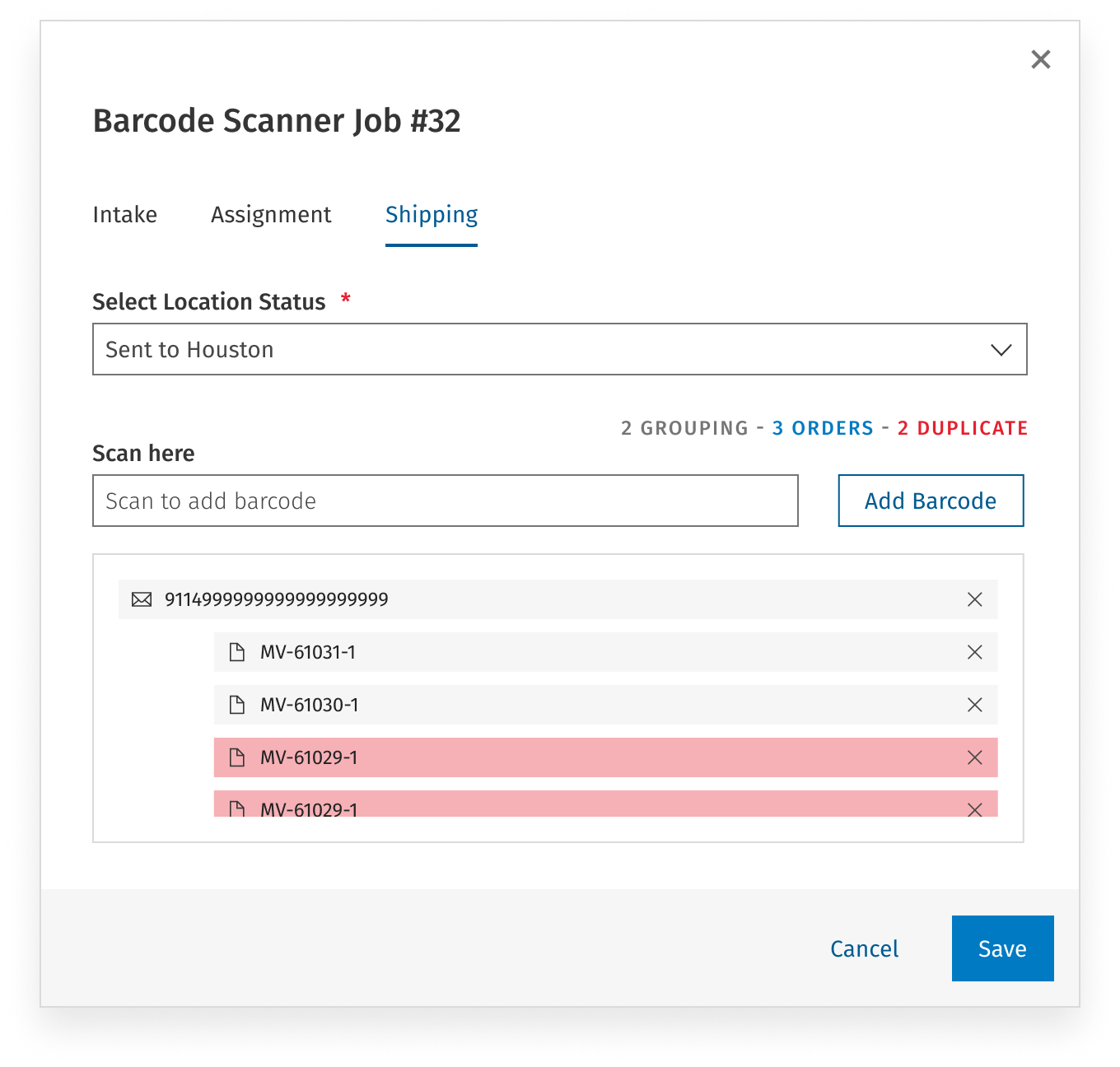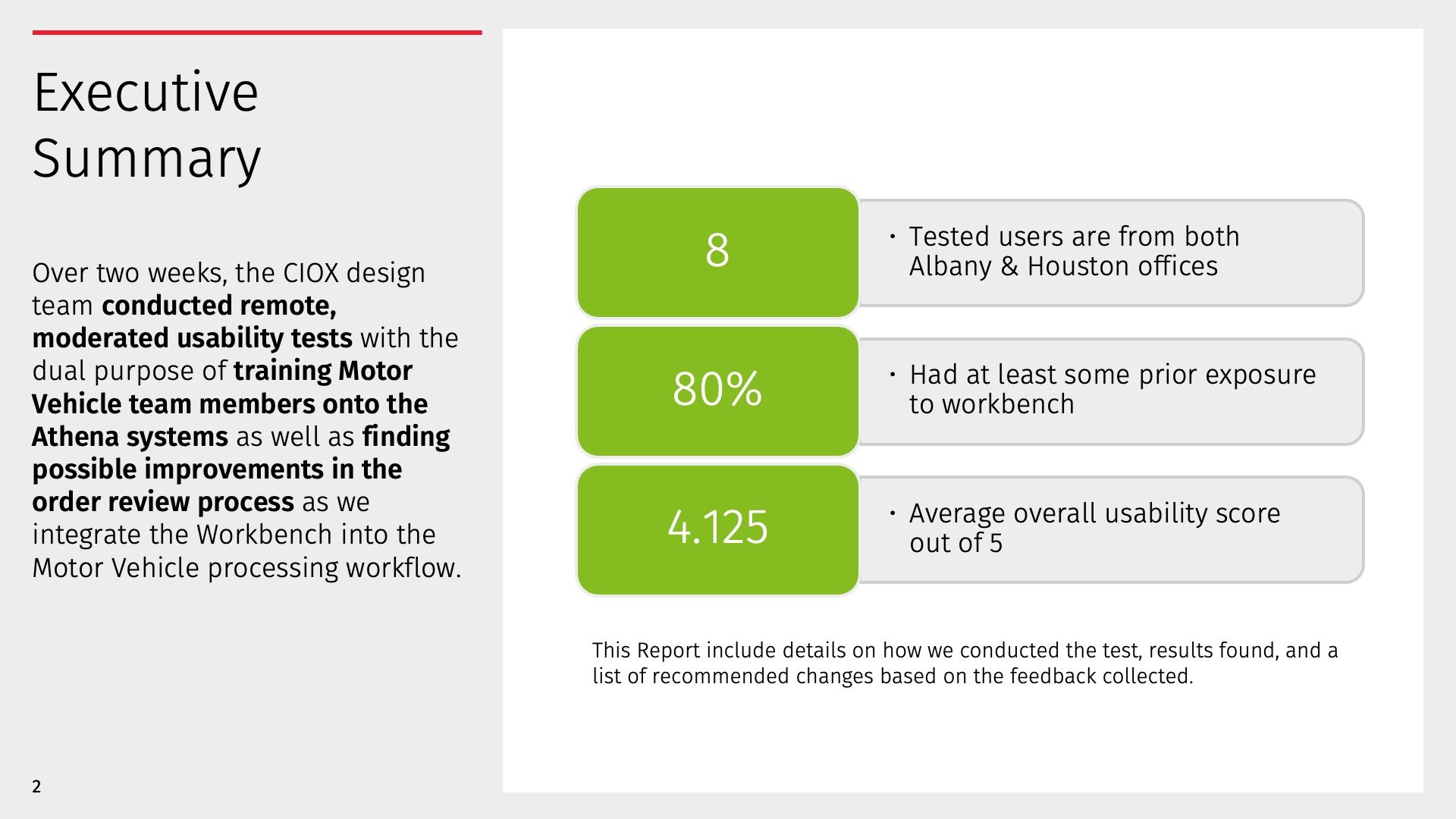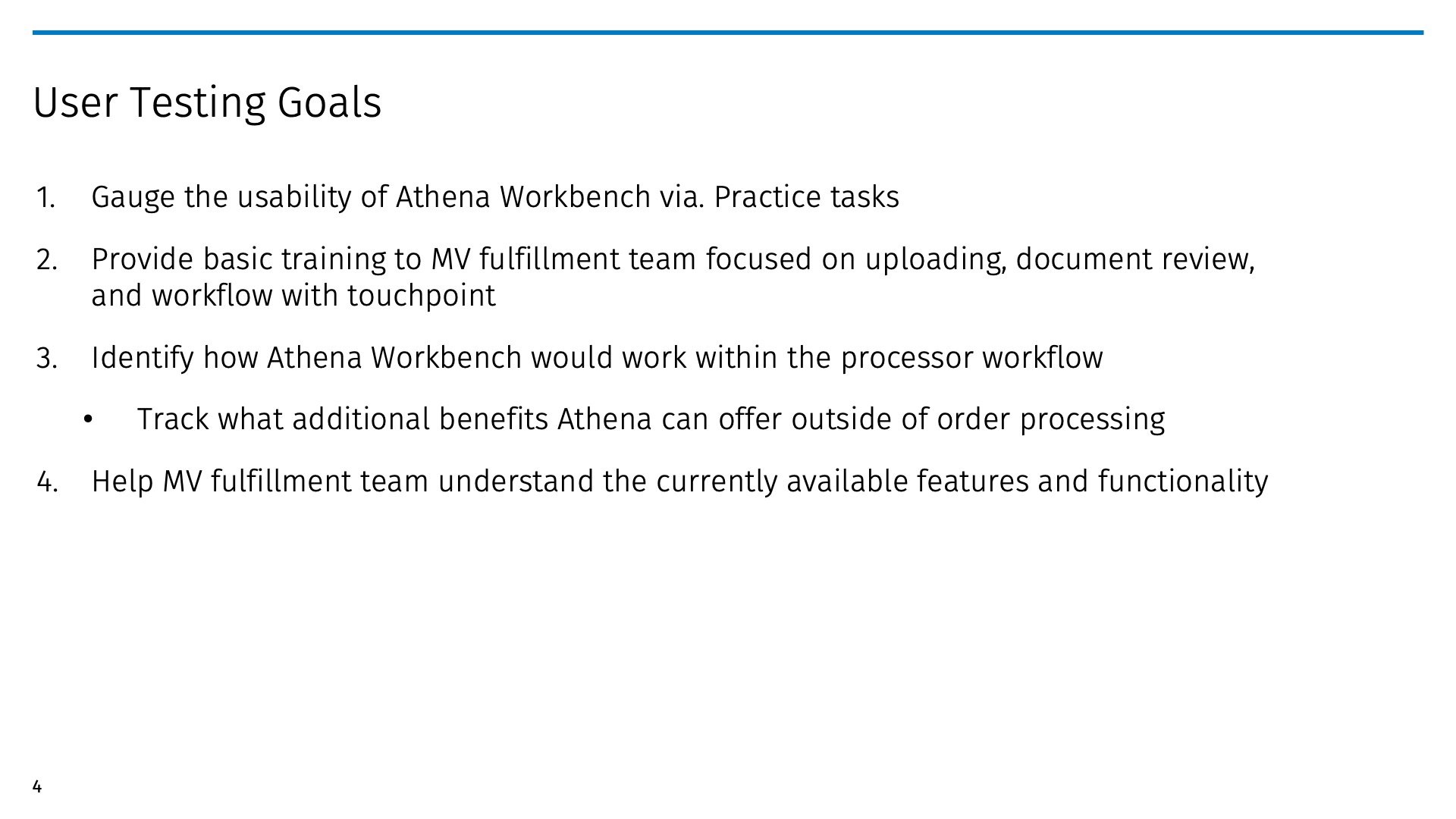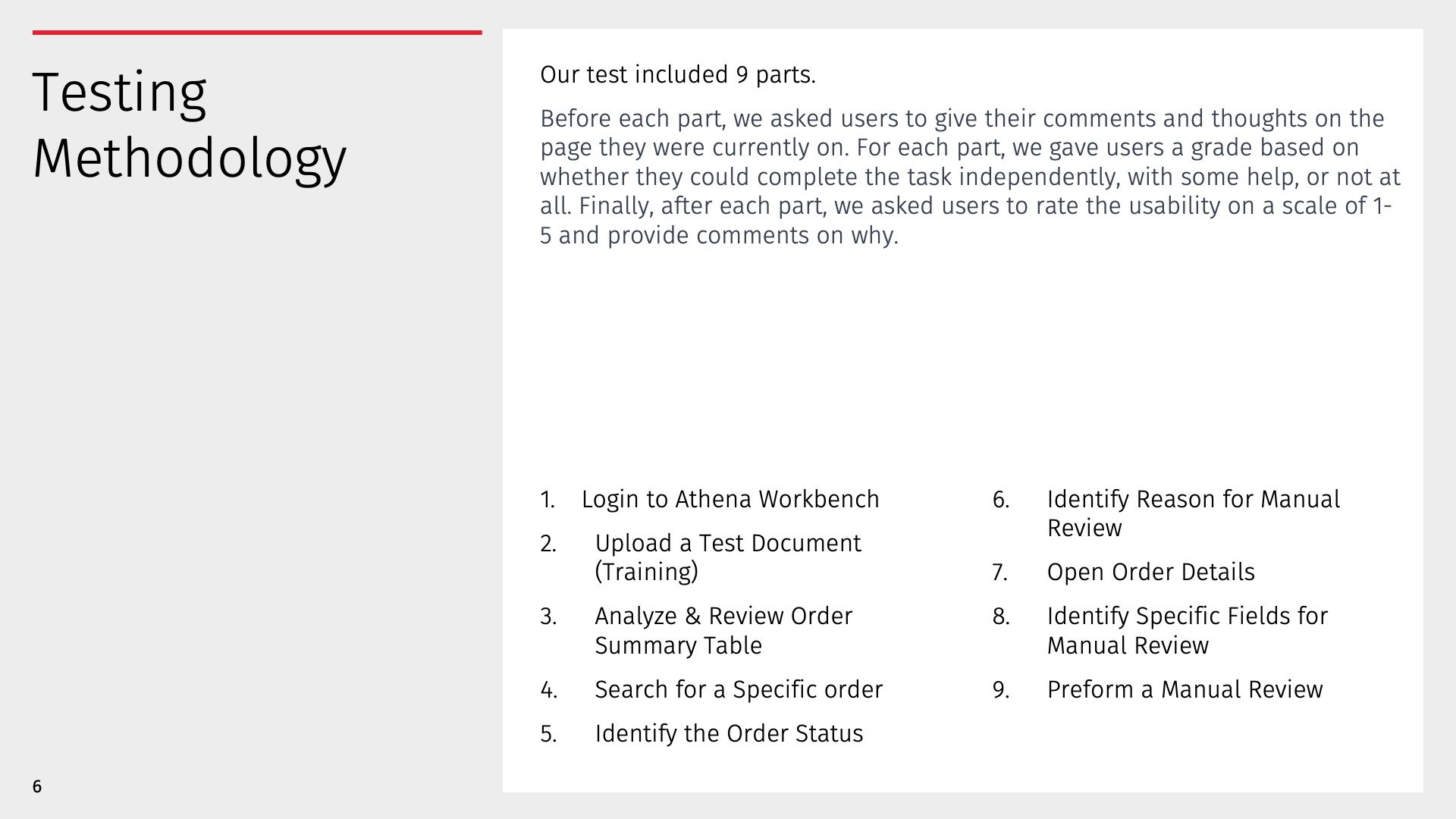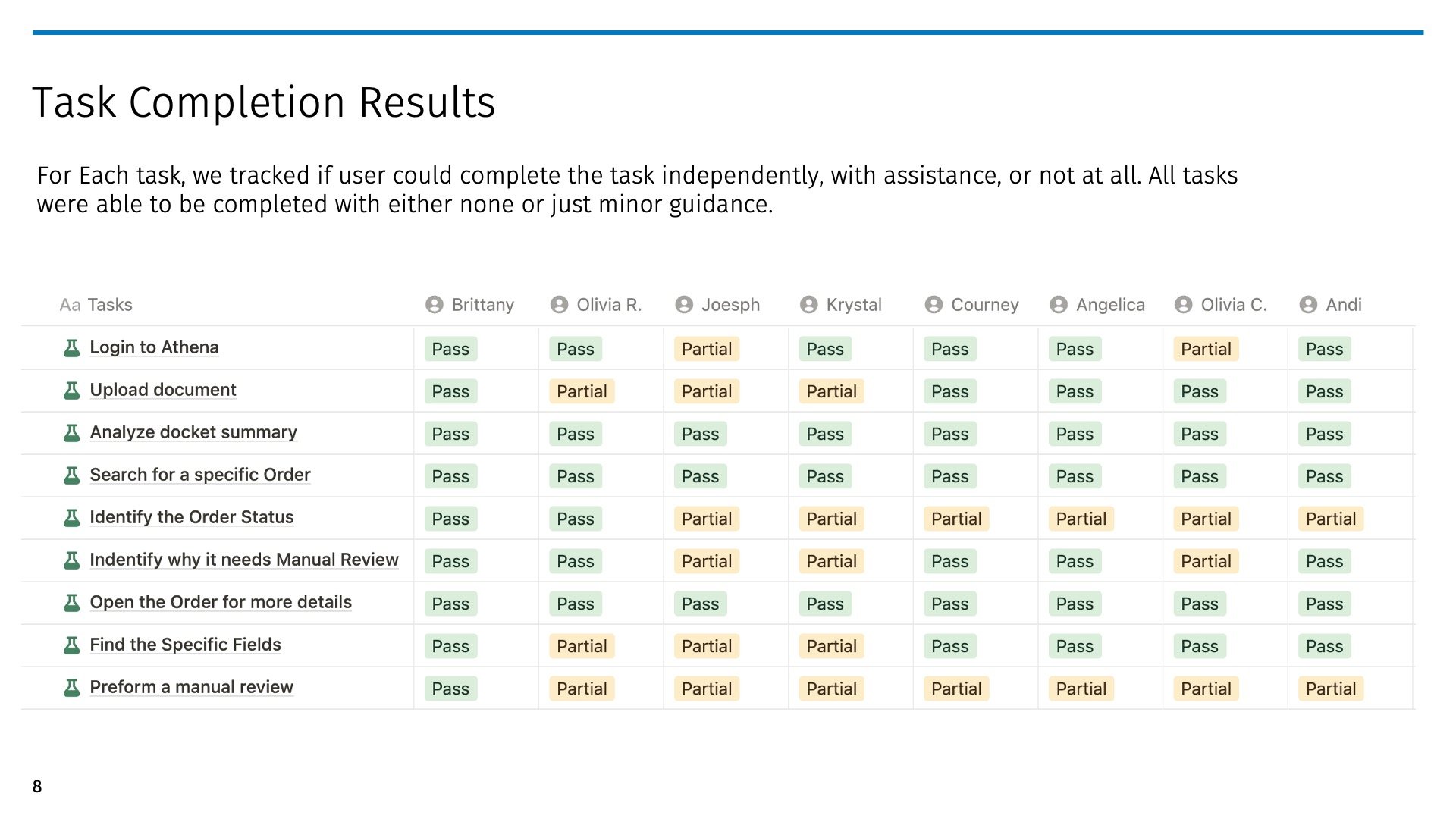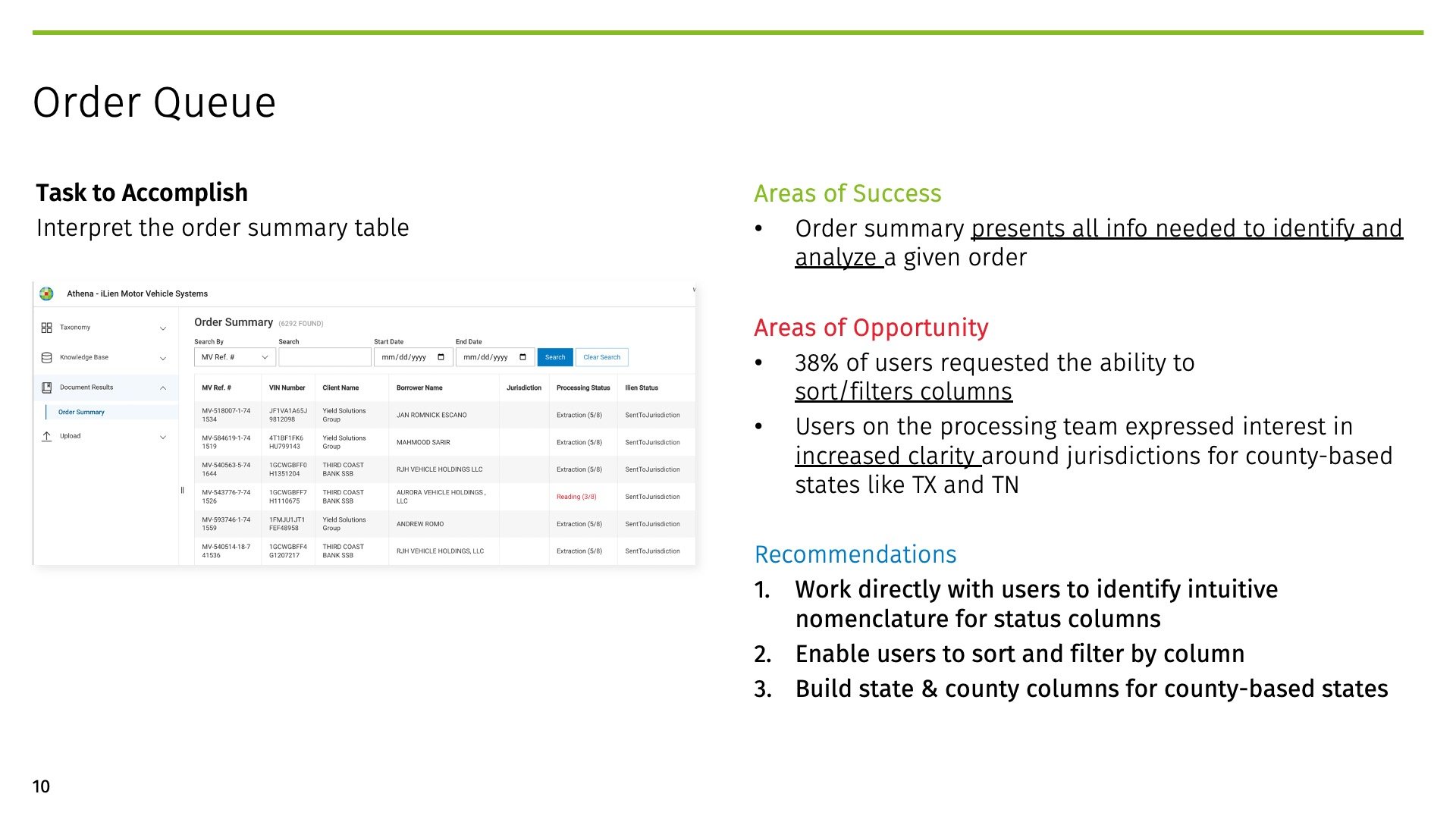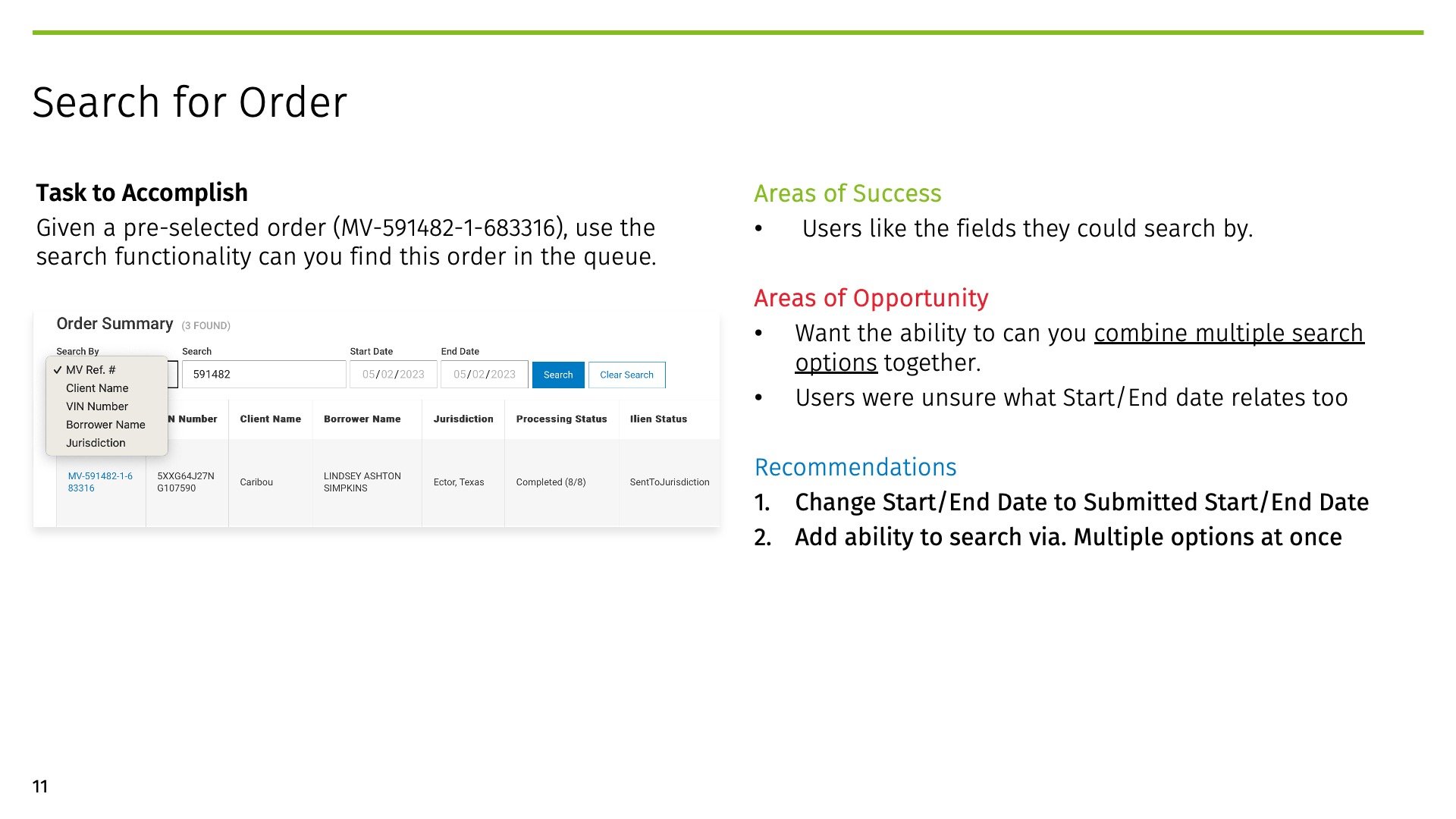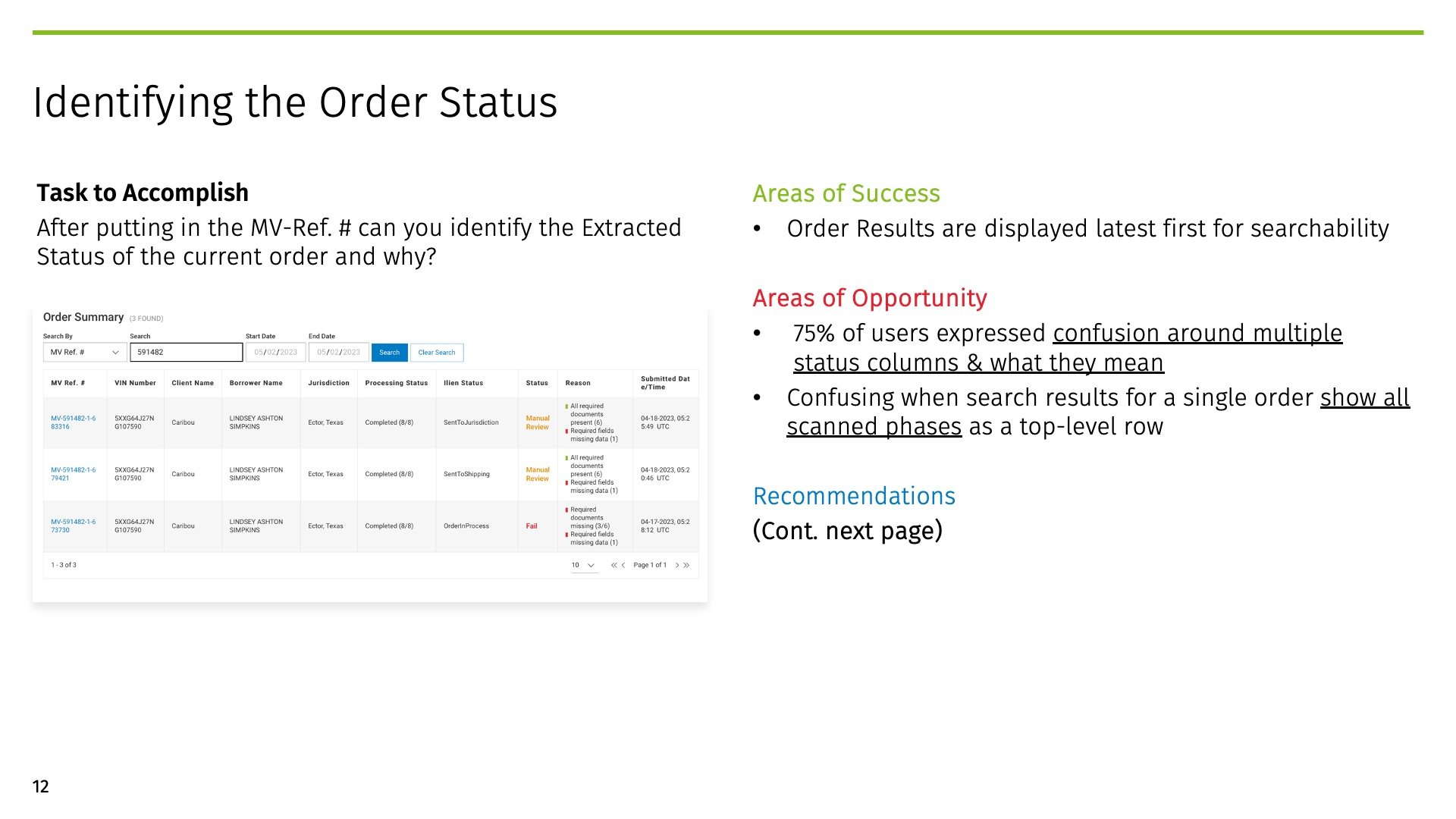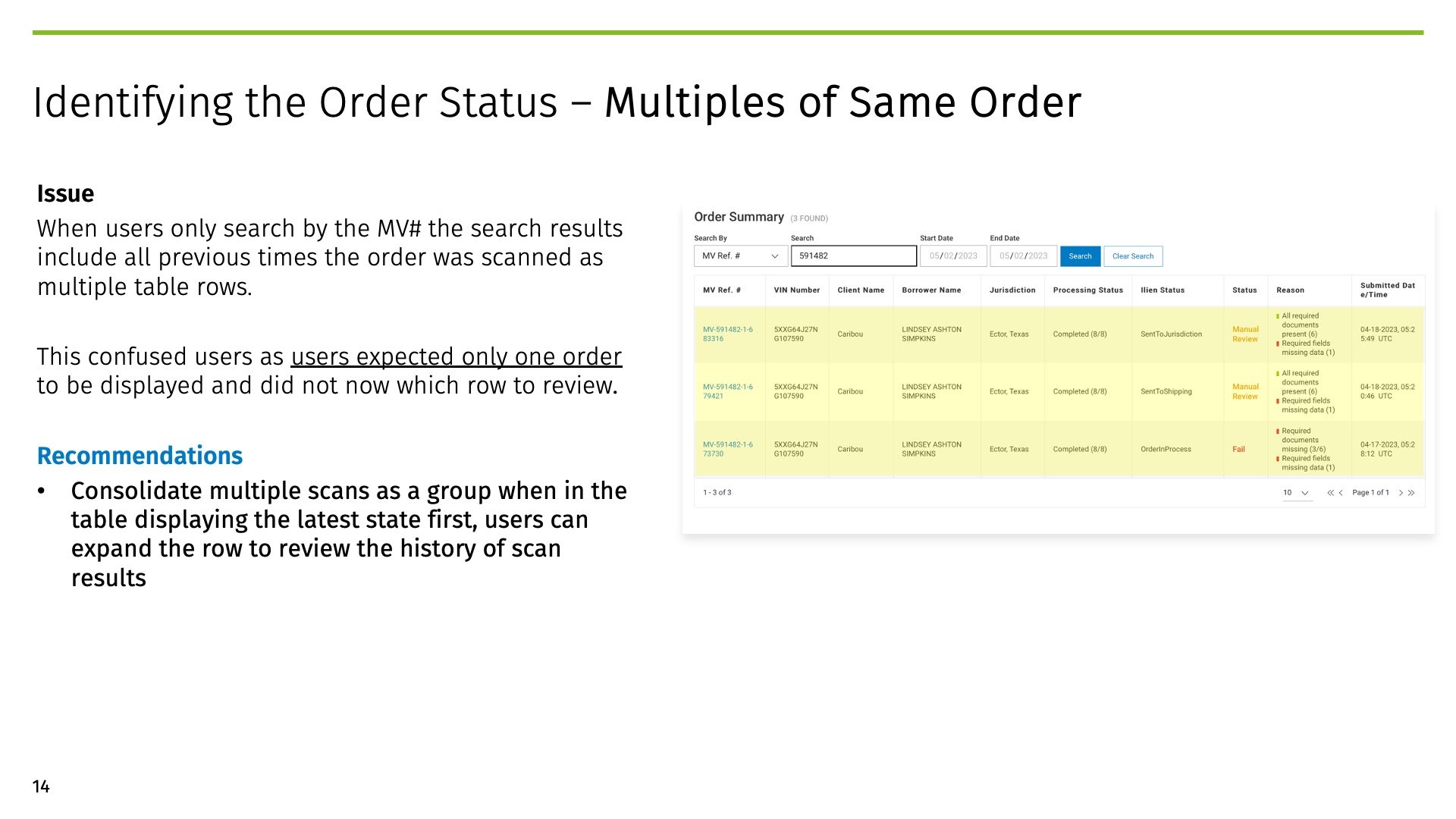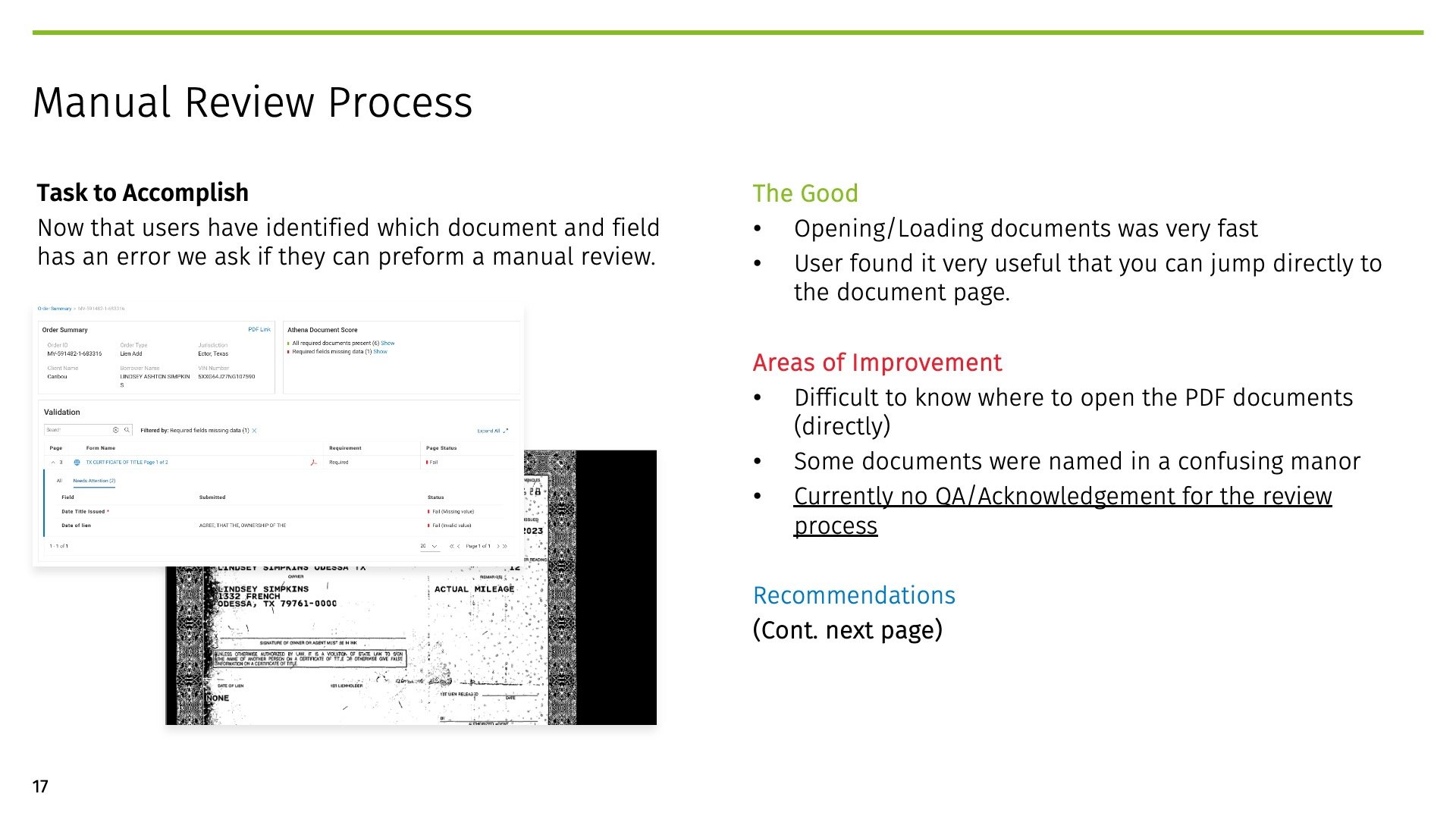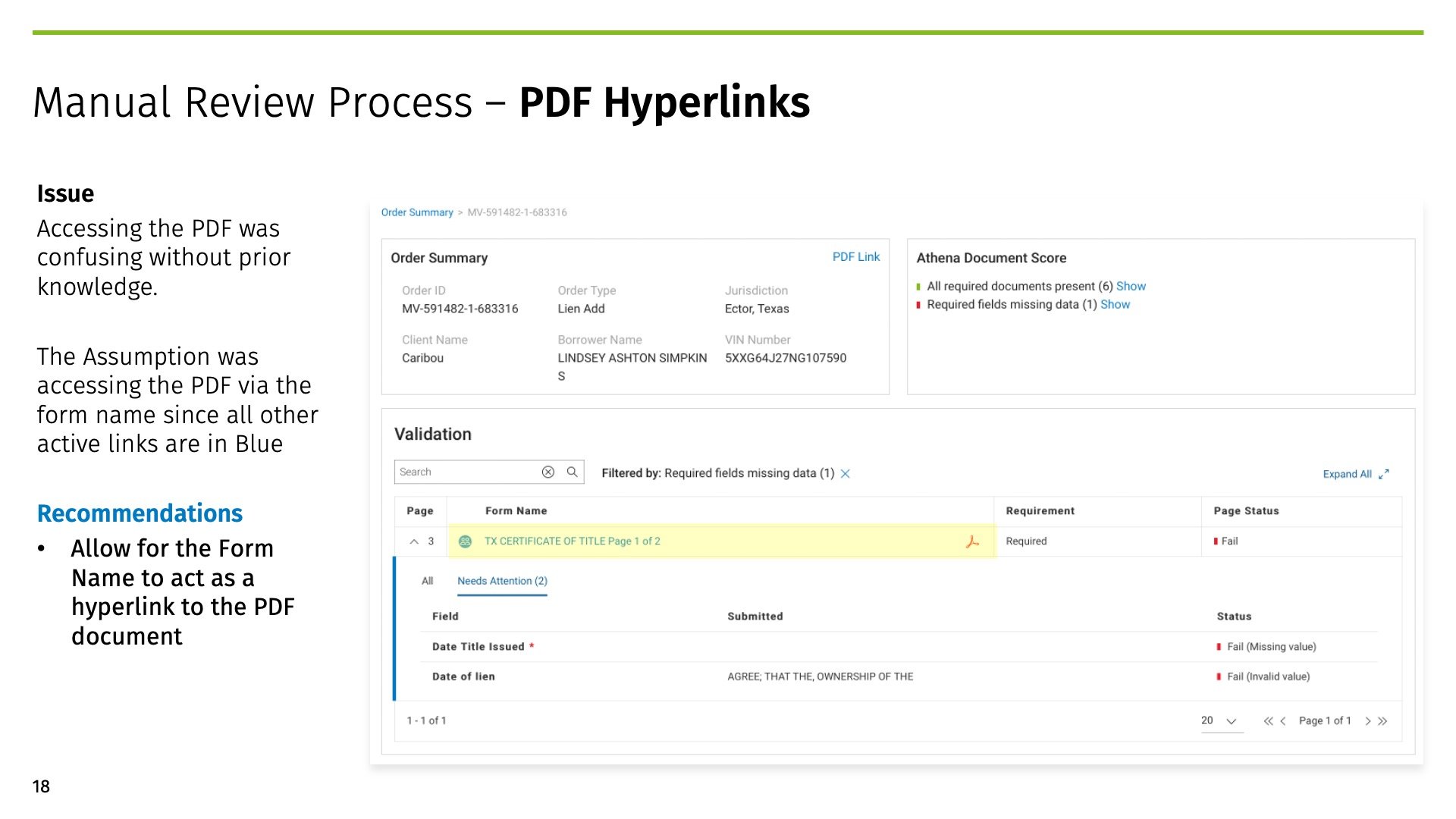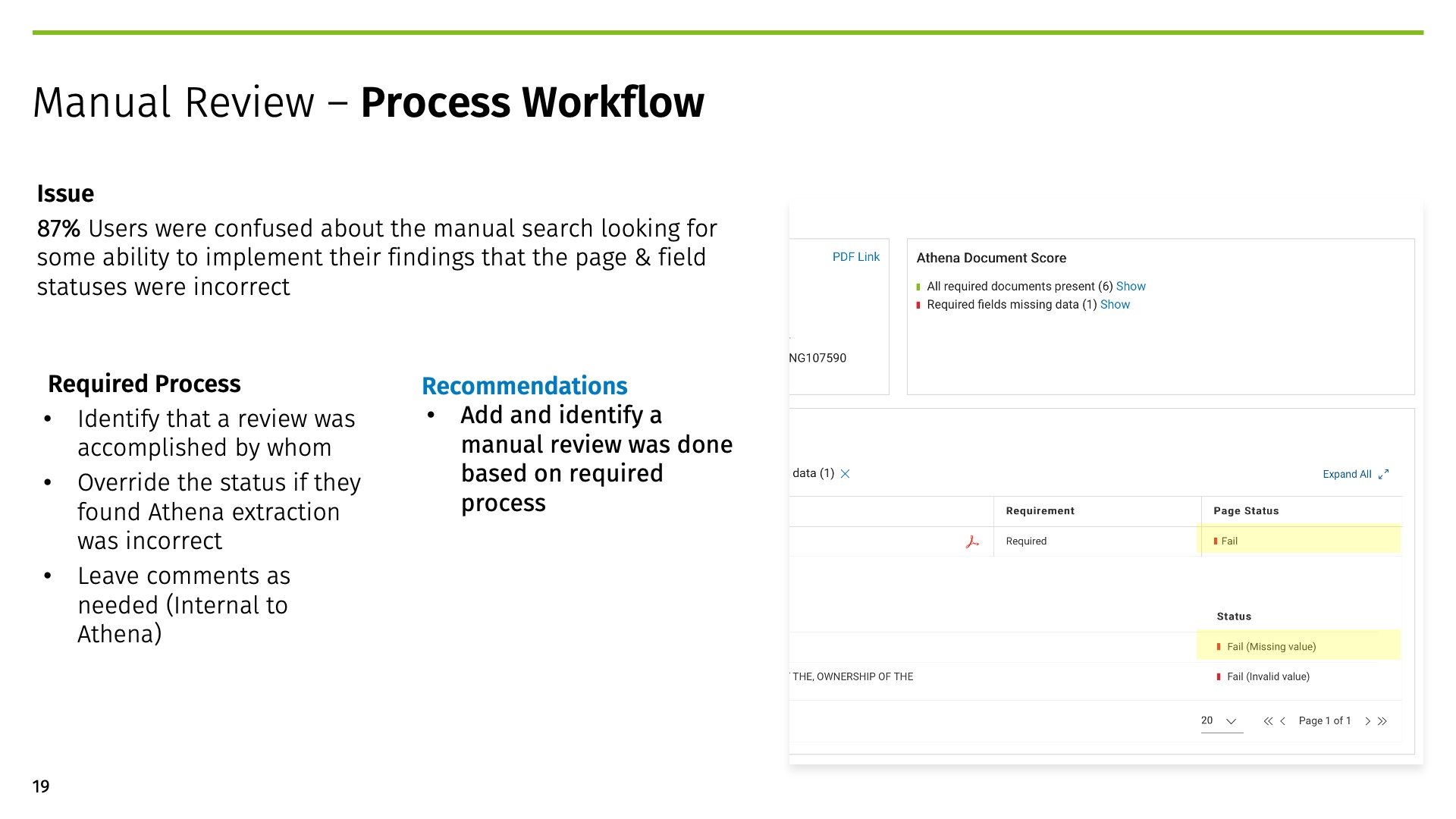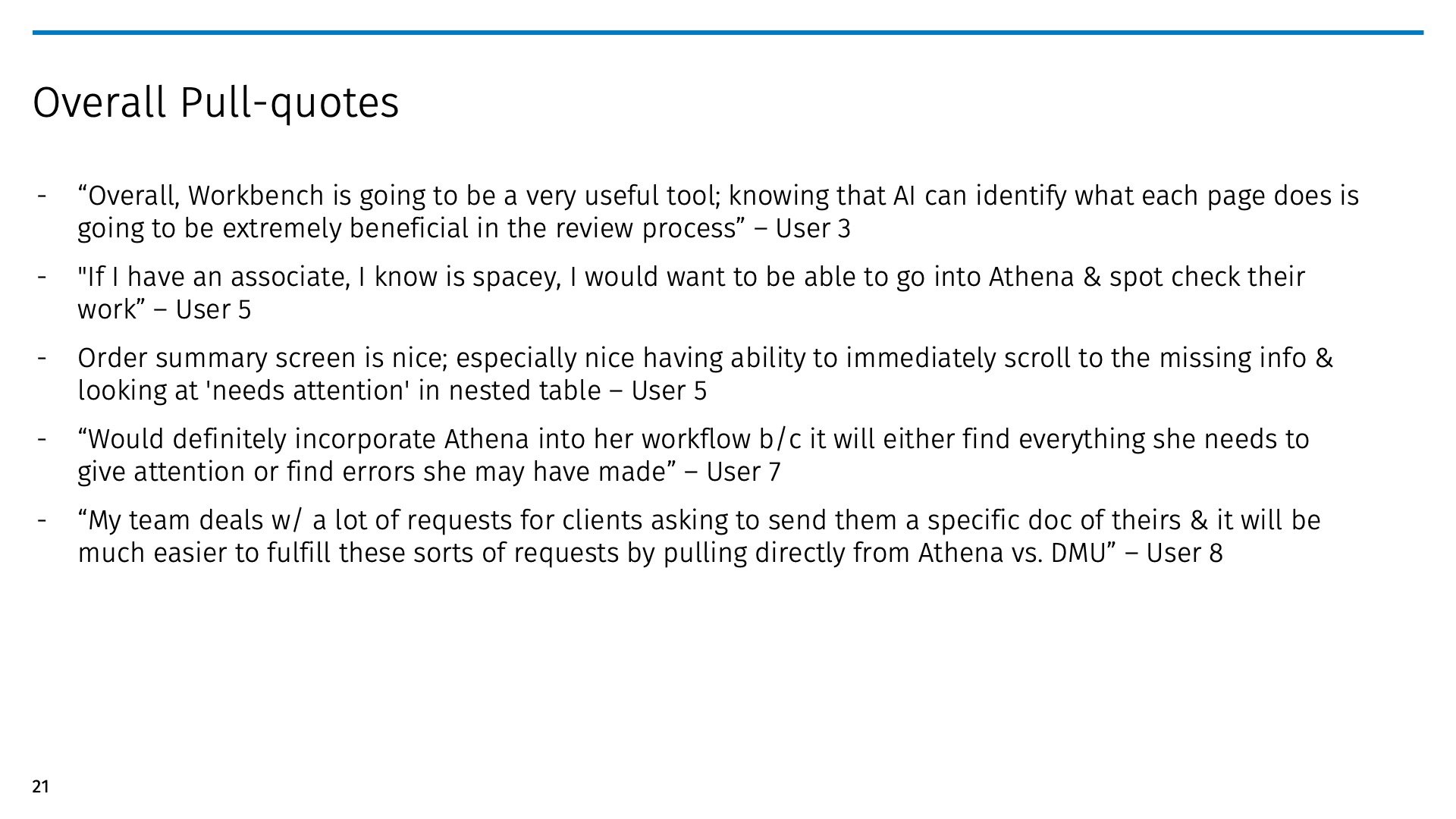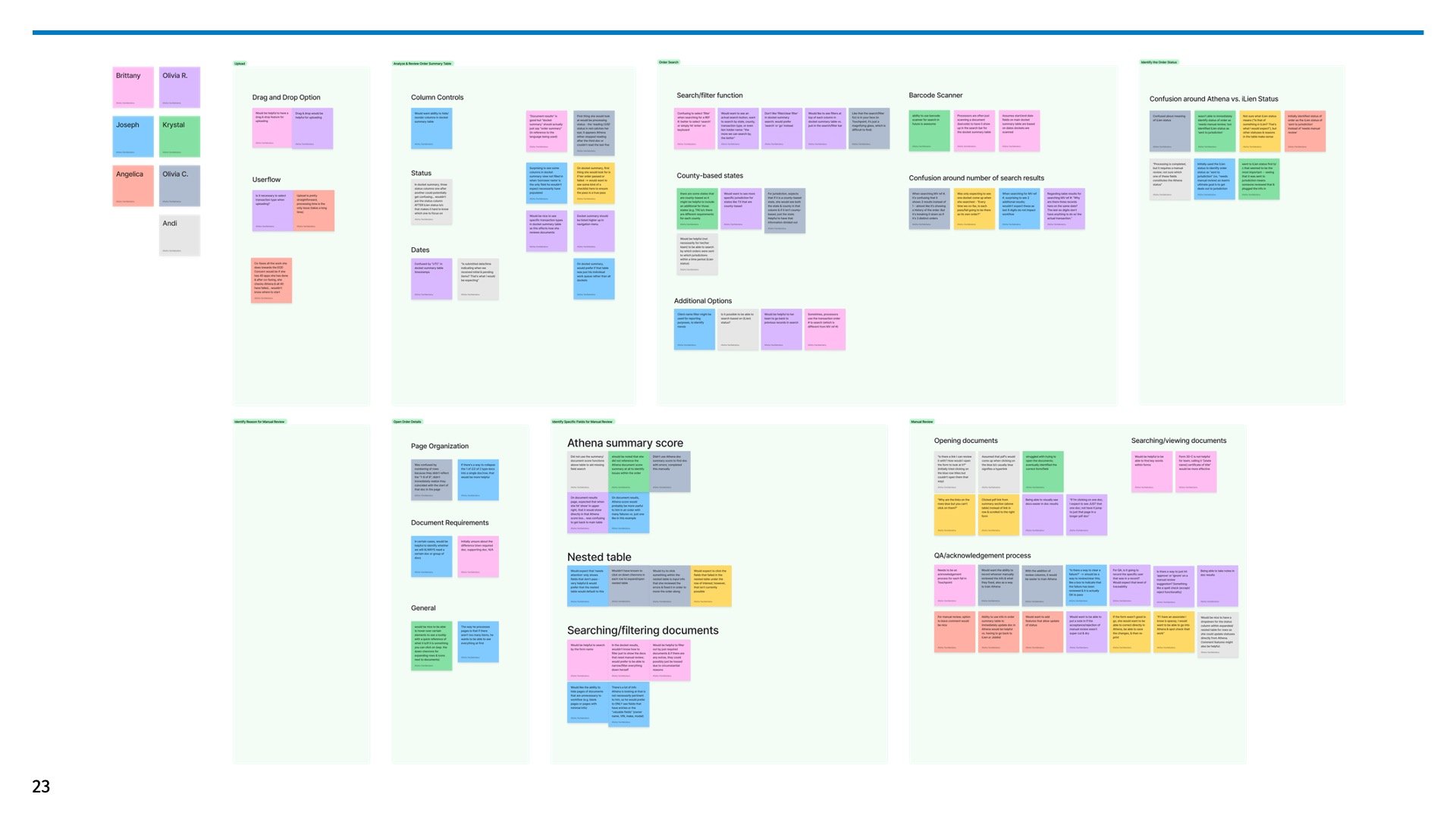Digital Twin Workbench
Transforming the document review process with automated AI analysis to improve team operations
The Challenge
To much paperwork, not enough time
Wolters Kluwer offers expert services for document processing and analysis for diverse business sectors. In this project, I led the end-to-end design of an automated document analysis tool for Motor Vehicle sector which processes orders for car registration, titling and lien orders.
Our teams had a challenge to keep pace with massive demand of orders in Motor Vehicle sector due to the high growth, that was relying on manual document processing efforts. This included: reviewing orders for correctness, validating against an ever changing ruleset and tracking orders as they move between both offices and teams.
The Outcome
Automation with Intelligent Guidance
Over a year, our team developed a a new automated assignment/processing workbench, I helped the business scale by streamlining their operations workflow into an improved the fulfillment process, leveraging OCR, computer vision and AI processing to create a automated review platform for reviews, auto assignments based on team specializations and digital twin for clear file tracking.
Increased the operation efficiency by 40%
UX Discovery Step 1
Understand the current workflow: Manual document processing
UX Discovery Step 2
Understanding user needs & pain points
To determine the team’s needs and core issues I preformed on-site interviews, shadowing, and a stakeholder UX workshop where we mapped out customer insights in a holistic customer journey map. We narrowed down the customer pain points into 4 major areas.
Evolving Requirements
Each state and county have unique regulations. Additionally, these requirements can change daily leading to unclear document requirements and rejections.
High Operation Cost
Manual order tracking and a lack of systems caused inefficient workflows such as: duplicated orders, entering incorrect information, and difficulty location management,
Chain of Ownership
Due to the manual process, there was a lack of traceability of work orders and access permission between reviewers, which often led to delays and disruption in workflow.
Manual Processes
Highly manual work validating orders required increased manpower and higher error rate causing delays, returns and repetitive paperwork.
Solution Priorities
Process Streamlining
With a digital twin, documents can be auto assigned and status’s updated as they are moved between our 3 national service locations and team members.
Data-first approach
With information flowing through a digital database we can Integrate both real-time tracking of intake volumes passively and employee metrics based on their role and specialization
Risk Analysis
By integrating the teams rules validation process (job aid) information we automate the initial validation and form rules which can be updated as government regulations change periodically.
Order Visibility
By digitizing the order intake process we automatically track order locations and status providing a single location to track all active and archived orders.
Gemini: Order intake and tracking
Athena: Document processing and risk analysis
To best tackle the challenges of the filling and processing workflow we created two services to tackle each side of the process.
Gemini creates a digital twin of documents and is tracked throughout the order process. Second, Athena processes the digital using Machine Learning and OCR to codify, and evaluate incoming documents for completeness, accuracy and validity. This evaluation is reviewed by team members along with any manual review items. Followup actions can be taken as needed.
System Userflow
Focusing on our long-term solution we developed a two system approach. Gemini handles the digital twin and document status tracking, while Athena Platform to both manage their taxonomy database (replacing excel spreadsheets), and document processing
My role involved working with our SME’s and engineering teams to both develop the base structure for both Gemini and Athena, creating our rules engine, and lastly the validation/processing stage so our experts can jump right in.
Gemini: Intake and Tracking
When an order is created we create a digital twin in our primary databased called Gemini, here information such as the order number, borrowers, clients and automated document status assignment is handled.
When order come into the office from Gemini orders are added into system with the intake action. All users have to do is barcode scan the package/order barcode and our system will pull the order # and update the status and location.
Once in Gemini, Processing leads can manually assign to specific team members based on their workload using hand scanners or rely on a automated assignment system.
If an invoice should be processed at another office (3 available) they can scan and assign here. Additionally, duplicate scans are also identified quickly to reduce human errors.
Athena: Document Processing
The AI engine of Athena is powered by 4 key components: Taxonomy Mapping, Knowledge Base, Rules Classification & Extraction, Rule Validation
Taxonomy Map
The Taxonomy map is a consolidated database of all legal content including jurisdictions, filings, forms and fields.
This provides the blueprint into entity relationships across documents, allowing users to manage, find and validate Motor Vehicle regulatory rules.
Team members can create new the taxonomy content as well as to add and edit new rules
Classification & Extraction
As physical papers) are scanned in, Athena first forms documents into orders. Orders are classified based on the knowledge base and identifies the appropriate fields and automatically extracted. Orders are then organized into an easy to access dashboard and filtered for the reviewers assigned work
500+ documents can be scanned and automatically grouped into orders
Orders are automatically identified and categorized into the appropriate jurisdictions
Using the taxonomy map, All appropriate fields are extracted and entered into the database.
Knowledge Base & Rules
The knowledge base translate a team’s unstructured knowledge (ex. Process documentation, and personal experience) into a structured knowledge base.
Using the knowledge base, experts can create and manage custom rules.
Enable automative reviews as a first pass to ensure the accuracy of the documents and mitigate the risk.
Forms are approved after the automated reviews and critical tasks are flagged for further reviews.
Rule Validation
The rule validation is the reviewer dashboard where they process the order.
Provides a scorecard for analytics on processing capabilities
Enables reviewers to quickly identify the pages and fields that need additional validation
Filter content to actionable content to reduce clicks
Provide review results to team members
This reduced the time to complete an order by 40% and increased volume by 30% to 150 orders daily





















